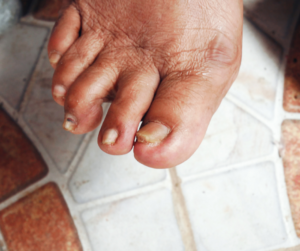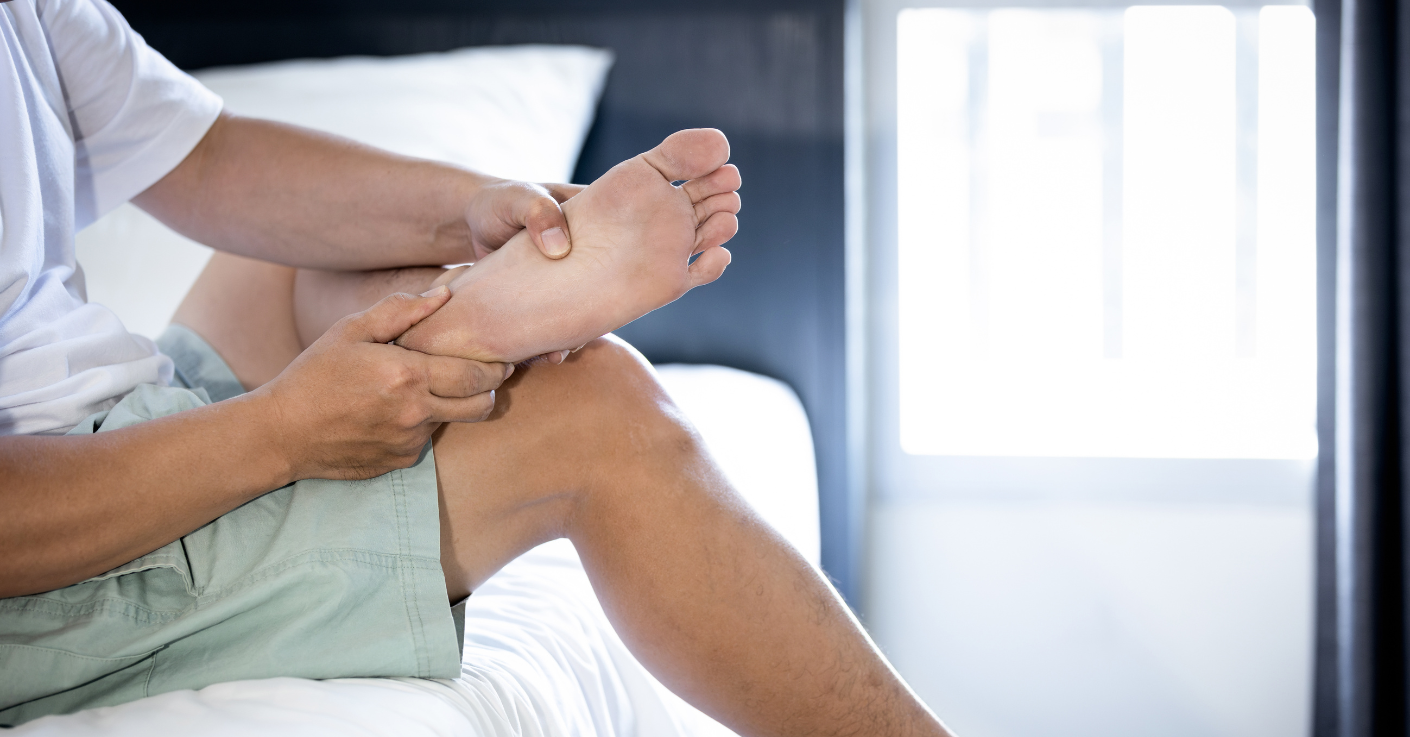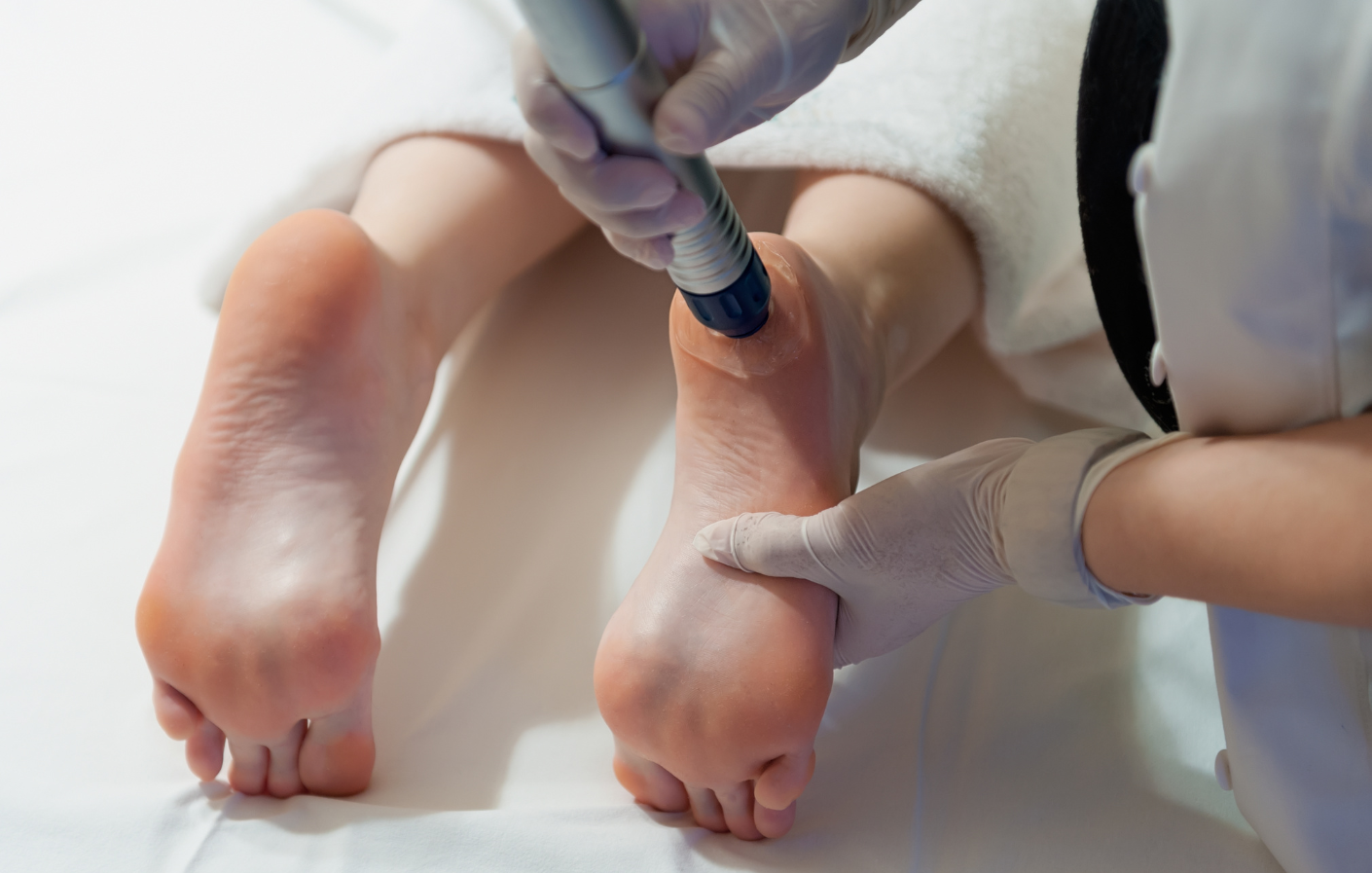

 The beauty of summer is that it allows us to get some relief from our ingrown toenails by wearing open-toed sandals and walk around with bare feet, which can also delay the onset of painful symptoms in the first place. In winter and the chilly NZ spring-time? Not so much. Our ingrown toenails can become worse much faster – and for a number of reasons. Today, our podiatry team have shared why your ingrown toenails tend to feel worse faster in the cooler months, what you can be doing to take care of your feet, and our #1 solution for taking care of ingrown toenails for good.
The beauty of summer is that it allows us to get some relief from our ingrown toenails by wearing open-toed sandals and walk around with bare feet, which can also delay the onset of painful symptoms in the first place. In winter and the chilly NZ spring-time? Not so much. Our ingrown toenails can become worse much faster – and for a number of reasons. Today, our podiatry team have shared why your ingrown toenails tend to feel worse faster in the cooler months, what you can be doing to take care of your feet, and our #1 solution for taking care of ingrown toenails for good.
 Much like the above, repeatedly wearing enclosed shoes, particularly when they’re tight or narrow, can also produce the same result. As tight, snug-fitting shoes are a common trait of many of our favourite winter sports like skiing, snowboarding and soccer, this leaves us vulnerable to getting that pain, redness, swelling – and sometimes – infection. Activities that have you repeatedly kicking the ball like soccer, or quickly stopping and starting as you push up off the ground can also push into the ingrown nail and aggravate it, causing your symptoms to spring up and worsen.
Much like the above, repeatedly wearing enclosed shoes, particularly when they’re tight or narrow, can also produce the same result. As tight, snug-fitting shoes are a common trait of many of our favourite winter sports like skiing, snowboarding and soccer, this leaves us vulnerable to getting that pain, redness, swelling – and sometimes – infection. Activities that have you repeatedly kicking the ball like soccer, or quickly stopping and starting as you push up off the ground can also push into the ingrown nail and aggravate it, causing your symptoms to spring up and worsen.

We’ve welcomed the Nu-Tek low-level laser into our podiatry clinic. Here's how you tell if it could be the answer to your foot
pain.

Otherwise known as radial pressure wave therapy, shockwave therapy is a device held by our podiatrists and positioned against your foot or leg at the site of your injury.
Keeping your family on their feet and helping them to walk, run, play and exceed their goals is why we love getting up in the morning.
We're located inside the One Health medical centre at Building 122 Remuera Rd, Remuera, Auckland 1050, New Zealand
| MON - SAT | 8:30am – 6:00pm |
| SUN | Closed |
Make an Appointment
Online Schedule